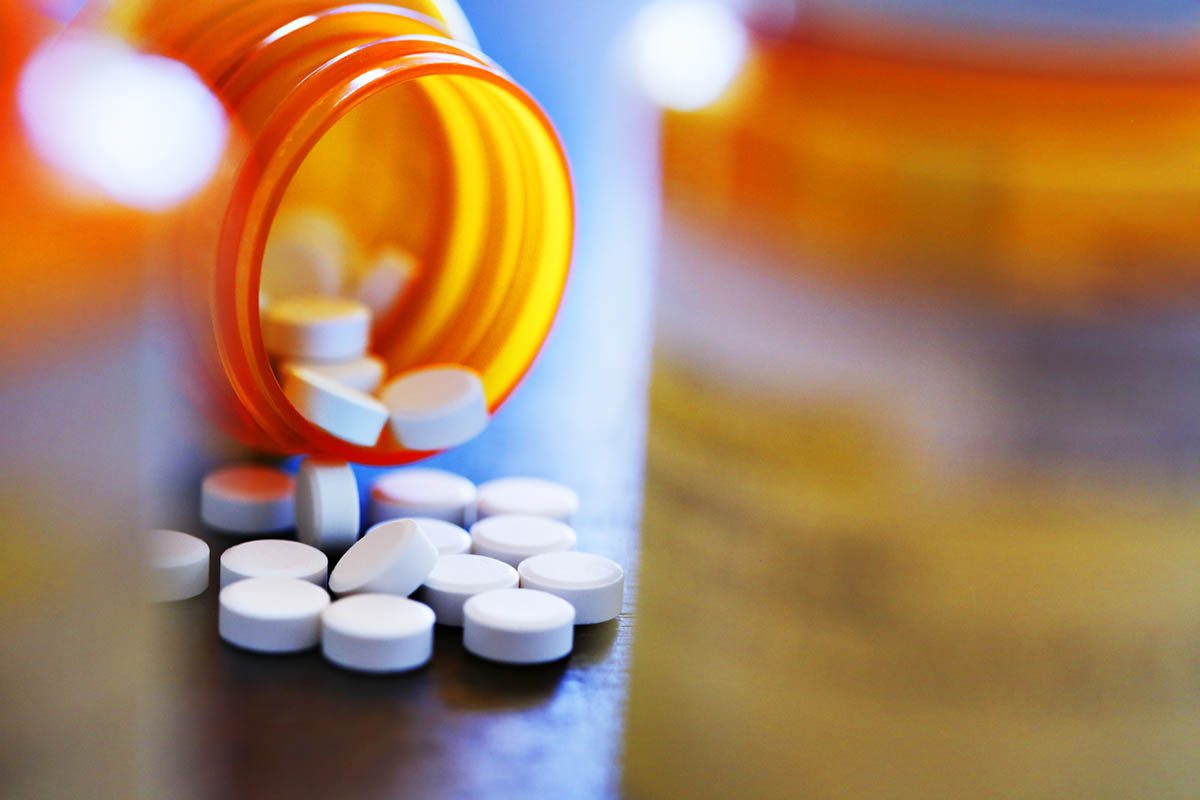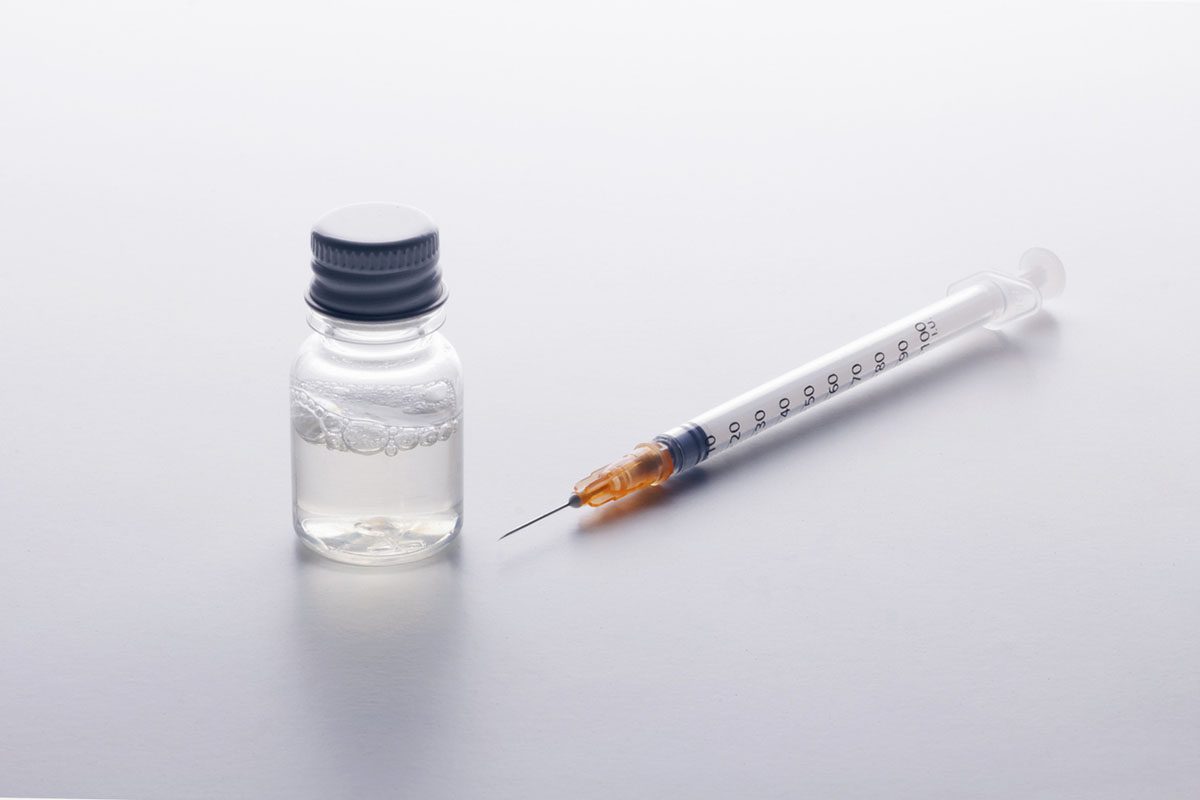Are "Bath Salts" on Your Differential List? A Case Report of Delirium and Agitation After Use of Illicit Bath Salts
To the Editor: Illicit "bath salts" are synthetic cathinones that have been marketed as bath salts, research chemicals, plant foods, etc. They are available via the Internet in the forms of tablets, capsules, and powder and are generally labeled as "not for human consumption." Other names for these substances include "Ivory Wave," "Vanilla Sky," "Meow Meow," and "Bubbles."1
Bath salts are known to be used as drugs of abuse, but very little information is available to help psychiatrists manage these cases when patients present to the emergency room in a state of delirium. Most of the bath salts consist of mephedrone, methylone, methylenedioxypyrovalerone, or other cathinone derivatives with psychoactive properties similar to those of amphetamine and cocaine.2 They are often sold as cocaine substitutes. The alarming increase in emergency room visits linked to bath salts has led to the introduction of legislation in several states to ban these products.
We present the case of an obese 39-year-old white woman who was brought to the emergency room in a delirious and agitated state after using bath salts.
Case report. Ms A was brought to the emergency department by the police after she was found lying in the woods. She was very aggressive and hostile and had pressured speech. She also had fluctuating consciousness, poor cognition, poor memory, and perceptual disturbances. The patient had a history of polysubstance dependence and depression and at the time of presentation was on treatment with duloxetine.
On physical examination, multiple small punctate lesions were present on her face and upper and lower extremities. Ivermectin was administered, although scabies was later ruled out. Her left eye was artificial. Mydriasis of the right eye was present. Her chest was clear to auscultation bilaterally, and no rhonchi, rales, or wheezing were noted. On cardiac auscultation, S1 and S2 were heard, and no murmurs were noted. On chest x-ray, no infiltrates were observed. A head computed tomography scan was obtained, and no acute hemorrhages were found.
Her urine drug screen was negative, and her blood alcohol level was less than 0.3 units. Most of the laboratory results were normal, except her sodium level was low, at 129 mmol/L, and her blood urea nitrogen/creatinine ratio was 15.2/1.0. Results of a complete blood count and liver function tests were normal. Her white blood cell count was high, at 12.41 ×— 109/L. Urinalysis results were normal. The patient’s creatine kinase level was elevated, at 592 IU/L. Tests for salicylate and acetaminophen were negative. Results of a prothrombin time and international normalized ratio test were normal. Blood cultures and urine cultures were sent, and the findings were negative. Medical causes of delirium were ruled out.
Ms A appeared paranoid, was responding to internal stimuli, and was hypersensitive to sounds. She was not oriented to time, place, or person. Her level of arousal was fluctuating, and she could not focus or concentrate. This presentation differed from her earlier appointments, when she had been alert and oriented. As the clinical picture was unclear with regard to the cause of the delirium, an extensive workup was done, which revealed nothing. Other medical causes of delirium were ruled out.
The psychiatry department was consulted, intramuscular treatment with lorazepam 2 mg every 6 hours and haloperidol 2 mg every 4 hours was initiated on an as-needed basis, and Ms A was transferred to the medicine department. On the medicine floor, she was treated with multiple doses of lorazepam and haloperidol. Intramuscular lorazepam was continued as needed, and the patient improved in the next 5 days. She stayed in the hospital for 4-5 days until she was finally doing better and was discharged. An apartment search by her family and the police later revealed that she had been using "AMP," a type of illicit bath salt.
The neurochemical properties of mephedrone resemble those of 3,4-methylenedioxymethamphetamine (MDMA), but mephedrone also produces an amphetamine-like effect, which leads to rapid release of dopamine in the reward system of the brain, possibly contributing to its potent reinforcing properties.3 Patients may present with extreme sympathetic stimulation.4
Sympathetic effects may consist of physical effects and psychiatric effects. Physical effects may include tachycardia, hypertension, vasoconstriction, arrhythmias, hyperthermia, sweating, mydriasis, seizures, stroke, cerebral edema, respiratory distress, cardiovascular collapse, and death. Psychiatric effects may include anxiety, agitation, aggressive behavior, insomnia, paranoia, hallucinations, self-mutilation, suicidal ideations, and homicidal ideations.4 Skin lesions ranging from necrotizing fasciitis to milder soft-tissue lesions are seen when the salts are injected in the skin.5 Bath salts intoxication delirium is reported to be a form of psychosis, and antipsychotics and sedatives are thought to be the drug treatments of choice.6
If a delirious and agitated patient presents with a clinical picture similar to cocaine and amphetamine intoxication, but has negative urine toxicology screens, bath salts should be in our differential list. Until laboratory tests are available to screen for the presence of bath salts, increased awareness of their availability, use pattern, and symptoms of intoxication and a high degree of suspicion are important in medical settings to better manage these patients.
References
1. Drug Enforcement Administration, Department of Justice. Schedules of controlled substances: temporary placement of three synthetic cathinones in Schedule I: final order. Fed Regist. 2011;76(204):65371-65375. PubMed
2. Kyle PB, Iverson RB, Gajagowni RG, et al. Illicit bath salts: not for bathing. J Miss State Med Assoc. 2011;52(12):375-377. PubMed
3. Kehr J, Ichinose F, Yoshitake S, et al. Mephedrone, compared with MDMA (Ecstasy) and amphetamine, rapidly increases both dopamine and 5-HT levels in nucleus accumbens of awake rats. Br J Pharmacol. 2011;164(8):1949-1958. PubMed doi:10.1111/j.1476-5381.2011.01499.x
4. Ross EA, Watson M, Goldberger B. "Bath salts" intoxication. N Engl J Med. 2011;365(10):967-968. PubMed doi:10.1056/NEJMc1107097
5. Russo R, Marks N, Morris K, et al. Life-threatening necrotizing fasciitis due to "bath salts" injection. Orthopedics. 2012;35(1):e124-e127. PubMed
6. Kasick DP, McKnight CA, Klisovic E. "Bath salt" ingestion leading to severe intoxication delirium: two cases and a brief review of the emergence of mephedrone use. Am J Drug Alcohol Abuse. 2012;38(2):176-180. PubMed doi:10.3109/00952990.2011.643999
Author affiliations: Department of Addiction Psychiatry, Yale School of Medicine, New Haven, Connecticut (Dr Sethi); and Department of Psychiatry, Carilion Clinic, Virginia Tech Carilion School of Medicine, Roanoke (Dr Vasudeva).
Potential conflicts of interest: None reported.
Funding/support: None reported.
Published online: March 7, 2013.
Prim Care Companion CNS Disord 2013;15(2):doi:10.4088/PCC.12l01384
© Copyright 2013 Physicians Postgraduate Postgraduates Press, Inc.




